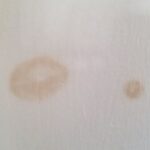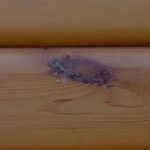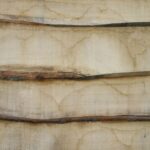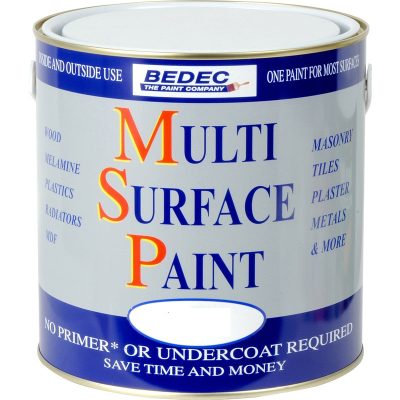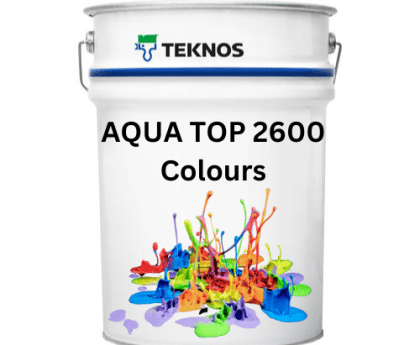Discolouration of Painted joinery
Here we hope to help with a few problems that can occur when painting new timber.
Timber species Classification :
Softwood Species which would require preservation if used externally : Spruce, Hemlock, Pine, Larch
We would recommend all new exterior softwood be preserved prior to painting to prevent mould, or insect infestation. This absorbs in to the wood and becomes intrinsic, it will not dry out, flake or peel. We would suggest the use of a knotting solution on the knots, knots are where the branches once came out of the tree. Knots are classified as live or dead… Live knots can be more noticeable on exterior joinery as often they exude resin, dead knots can leach a tanning through the paint leaving many small round yellow patches which are more visible with pastel or pale colours. The use of knotting prevents the tanning, in the case of external live knots, nothing will prevent the sticky resin exuding. Where a live knot exudes resin we suggest allowing this to crystalise once dry you can scrape it away, with any remaining resin lightly dampen a cloth with Methylated spirit and wipe gently. Generally this should not cause detriment to the coating, if you do wipe through you would need to re-apply a fresh coat of paint to this area and blend it in.
Durable hardwood Species, No preservation required : Meranti, Oak, Red Grandis, Idigbo, Accoya®, Sapele, Cedar
Hard wood species come with an array of issues mainly relating to Tannin’s these are soluble and present in the above timber species to varying degrees, over time as the timber absorbs moisture then releases the moisture back through a microporous paint system it can leave the staining. This is more noticeable on pastel shades.
Some hard wood species are more prone to tannin than others, Cedar, Idigbo are more problematic, Sapele, Red Grandis and meranti less so but it can still occur. Traditionally these timbers would be painted using Aluminium wood primer which would lock the tanning. The only problem with that is, it trapped the moisture in which over time meant the timber rotted behind the paint, we would recommend all exterior joinery to be coated with Microporous systems to prevent joinery rotting.
Milky Cloudy Appearance – Blooming
Blooming on exterior joinery occurs in in translucent or clear finishes generally within a day or 2 of being painted. Whilst unsightly it will go within a few days as the moisture dries through Microporous coating.
Coalescing.
Coalescing again is moisture issue which occurs generally when joinery items are put outside soon after painting. This generally takes the form of blisters which in the extreme can be quite large. These will go down and re-adhere to the substrate as the moisture evaporates through the paint, DO NOT burst the blisters if you do this will mean you will need to sand and re-paint.
Please use the links below for further information.

